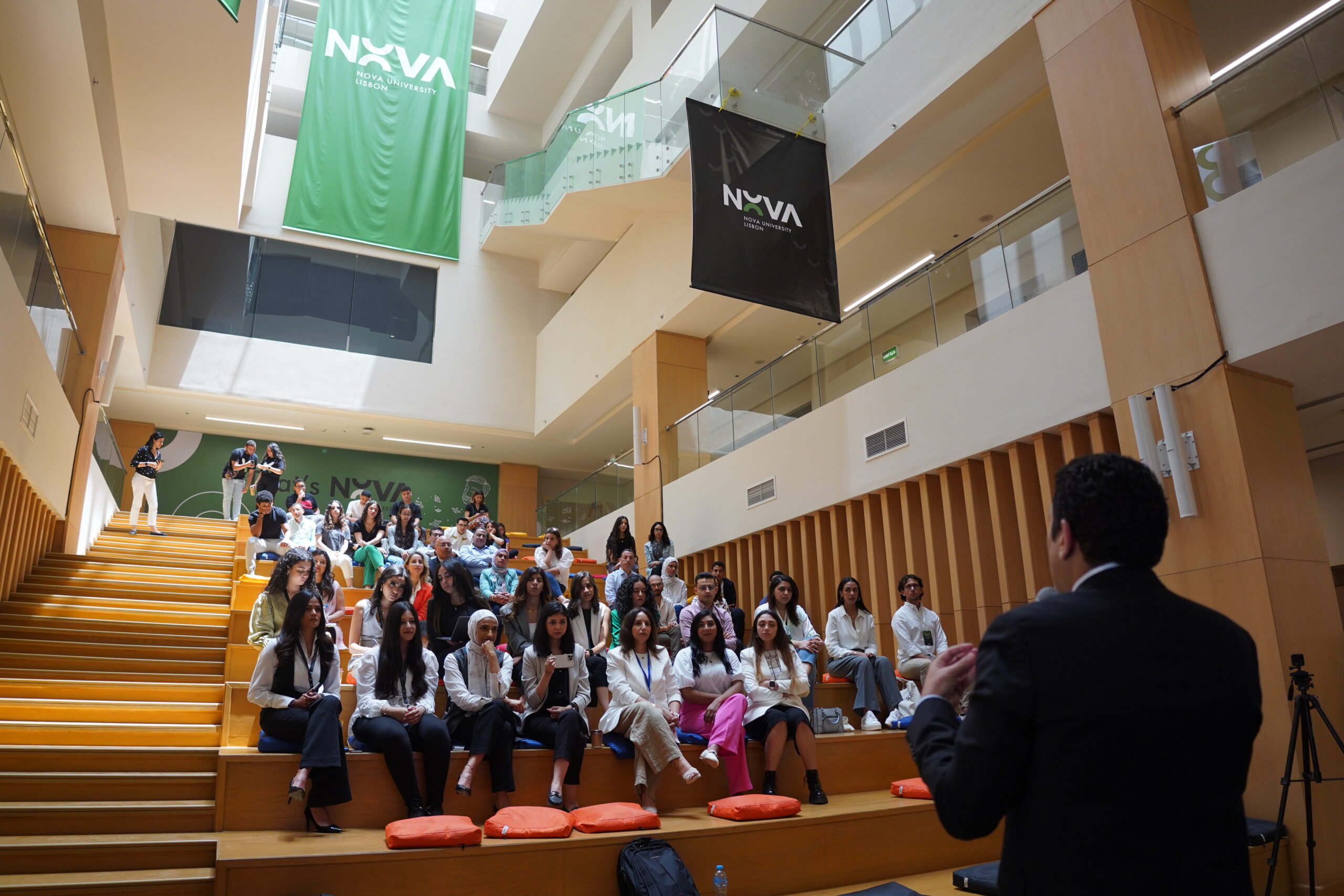Discover the path to professional success at NOVA University Lisbon! We are committed to preparing our students to face the global job market from their very first day of enrolment.
Moreover, we closely monitor the career paths of our graduates and the data is revealing: about 90 percent of our master’s and doctoral graduates are in the job market one year after completing their studies.
Our academic reputation and recognition of our commitment to excellence among employers, as evidenced by NOVA’s rise in the latest QS World University Ranking, ensure a promising future for our students, both in Portugal and abroad.

